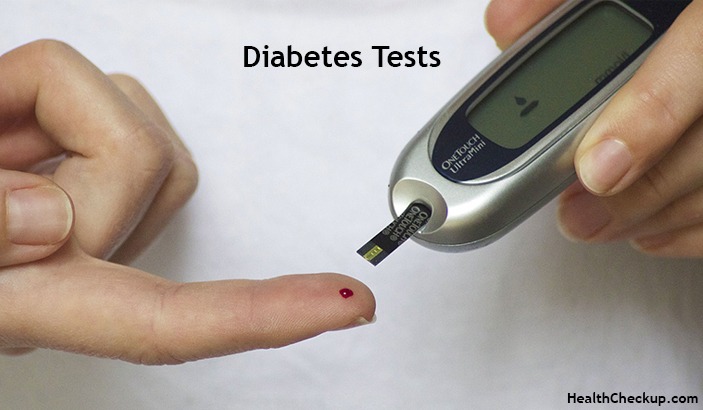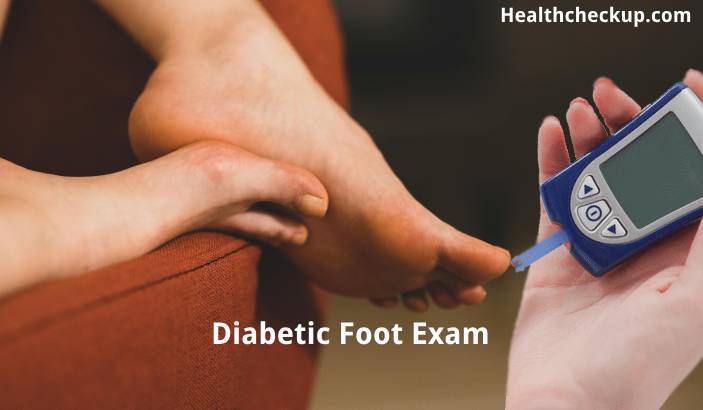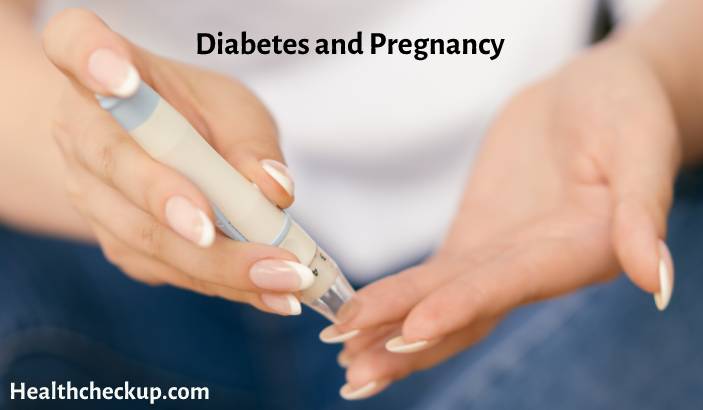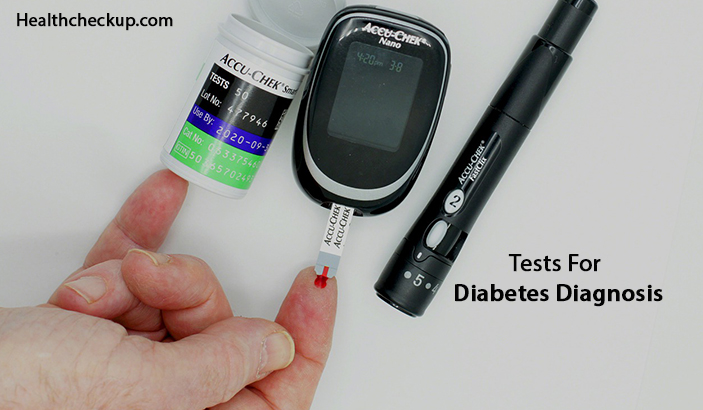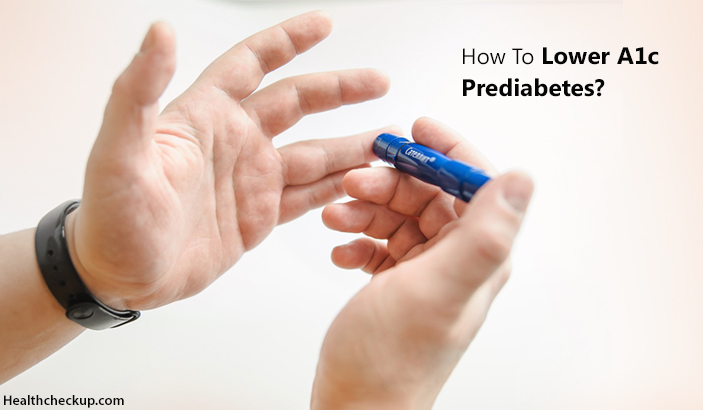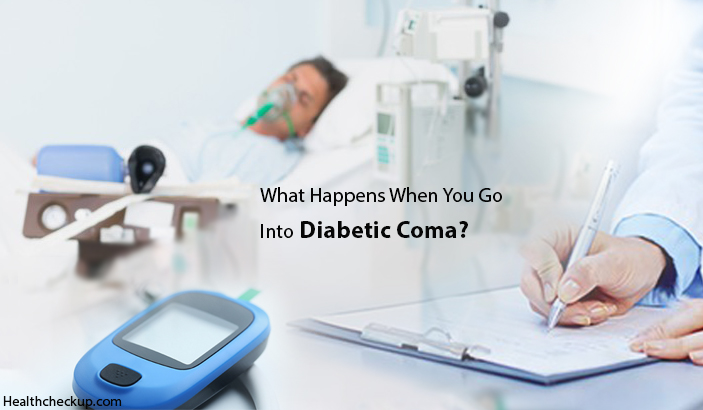Diabetes Mellitus, popularly known as diabetes is one of the most wide-spread chronic diseases that affect approximately 62 million individuals in India alone. Diabetes occurs when the blood sugar levels becomes higher than normal. There are two main types of diabetes – Type 1 Diabetes and Type 2 Diabetes. Type 2 diabetes is the most common form of diabetes in which you develop high blood glucose levels because your pancreas don’t make enough insulin or the cells in your body don’t use the insulin properly. The best way to diagnose and control diabetes is by running regular tests for type 2 diabetes.
Tests and Diagnosis of Type 2 Diabetes
In most cases, the symptoms of type 2 diabetes develop gradually. Therefore, blood tests are the best and most reliable way to confirm the diagnosis. These tests measure the amount of glucose or sugar in your blood.
Glycated Hemoglobin (A1C) Test:
This is a long-term measure for diagnosis and management of diabetes. This test allows the doctor to find out your average blood sugar level for the past few months. This test functions by measuring the percentage of blood sugar that is attached to hemoglobin. Hemoglobin is an oxygen-carrying protein that is present in the red blood cells. The higher the mount of glycated hemoglobin, the higher your blood sugar levels have been in recent times.
Although, the A1C test is not as sensitive as the fasting blood sugar and random blood sugar tests, but its advantage lies in its convenience. There is no special preparation for this test. You won’t need to fast before the test and the blood sample can be taken at any time of the day. Physical or emotional stress and illness does not have any impact on the test results. The blood sample is sent to a lab for testing. The results of the test take longer than any other glucose test. If you are diagnosed with diabetes then the A1C test should be done several times a year.
Results of the Glycated Hemoglobin (A1C) Test:
- A1C of 6.5 percent or higher = Diabetes
- A1C between 5.7 and 6.4 percent = Prediabetes
- A1C less than 5.7 percent = Normal
Fasting Plasma Glucose Test:
The fasting Plasma Glucose Test is popularly known as the fasting blood sugar. It is a common test for diagnosis of type 2 diabetes and it is easy to perform. For this test, a sample of your blood is taken after an overnight fast. This diabetes test measures the amount of sugar in your blood at a certain point in time. The results of the test may be affected by stress or illness. This test is applicable for pregnant women or people who have a hemoglobin variant, because in such cases the A1C test is not valid.
Results of the Fasting Plasma Glucose Test:
Blood glucose values are expressed in milligrams per deciliter (mg/dL) and millimoles per liter (mmol/L).
- Fasting blood sugar of 126 mg/dL or higher = Diabetes
- Fasting blood sugar of 100 to 125 mg/dL = Prediabetes
- Fasting blood sugar less than 100 mg/dL = Normal
Random Plasma Glucose Test:
A doctor may prescribe random blood sugar testing if he notices symptoms of diabetes in a patient. This particular test can be done at any time of the day regardless of when you had your last meal. Irrespective of what you ate, a result of 200 mg/dL or higher suggests that you have diabetes.
Results of the Random Plasma Glucose Test:
- Random blood sugar of 200 mg/dL or more = Diabetes
- Random blood sugar level between 140 and 199 mg/dL = Prediabetes
- Random blood sugar level less than 140 mg/dL = Normal
2-Hour Post-Prandial Blood Glucose Test:
The term “Prandial” means meal. A 2-Hour Post Prandial test measures the blood glucose level precisely 2 hours after the start of a meal. This diabetes test may be done for the diagnosis of diabetes and to check how the treatment for diabetes is working.
Steps to prepare for the 2-Hour Post-Prandial Blood Glucose Test:
There are 2 ways to prepare for this particular blood sugar test:
1) To eat a normal meal that must be completed within 15 to 20 minutes.
OR
2) To drink a 75-gram bottle of a glucose drink specified by the doctor. This drink should be finished within 20 minutes.
Results of the 2-hour postprandial test:
- Blood sugar of 145 mg/dL or higher = Diabetes
- Blood sugar between 70 and 145 mg/dL = Normal
Oral Glucose Tolerance Test:
This diabetes test also requires you to fast overnight. A fasting blood sugar test is done before you take the oral glucose tolerance test. You will be asked to drink a sugary liquid and then your blood sugar levels will be tested and monitored for several hours periodically. Oral glucose tolerance test is the best way to diagnose gestational diabetes during pregnancy.
Steps to prepare for the Oral Glucose Tolerance Test:
- Your health care provider may recommend you to eat at least 150 grams of carbohydrates every day for 3 days before the test.
- You will have to eat carbohydrate-rich foods such as bread, pasta, cereal, potatoes, fruits, etc.
- Tell your doctor about all the medicines and supplements you are taking.
- Talk to your doctor about any illness or stress that you have.
- Stress, sickness and medications can interfere with the results of the test.
Results of the Oral Glucose Tolerance Test:
- Blood sugar levels of 200 mg/dL or more after 2 hours = Diabetes
- Blood sugar levels between 140 and 199 mg/dL after 2 hours = Prediabetes
- Blood sugar levels less than 140 mg/dL after 2 hours = Normal
Diagnosis of Type 2 Diabetes is the first step towards the treatment. These tests help the doctor to create a proper treatment plan that is suitable for you. Blood sugar tests are not only important for diagnoses of the disease, but also for proper monitoring and tracking of the symptoms post diagnosis in order to ensure long-term health.
Medically Reviewed By



